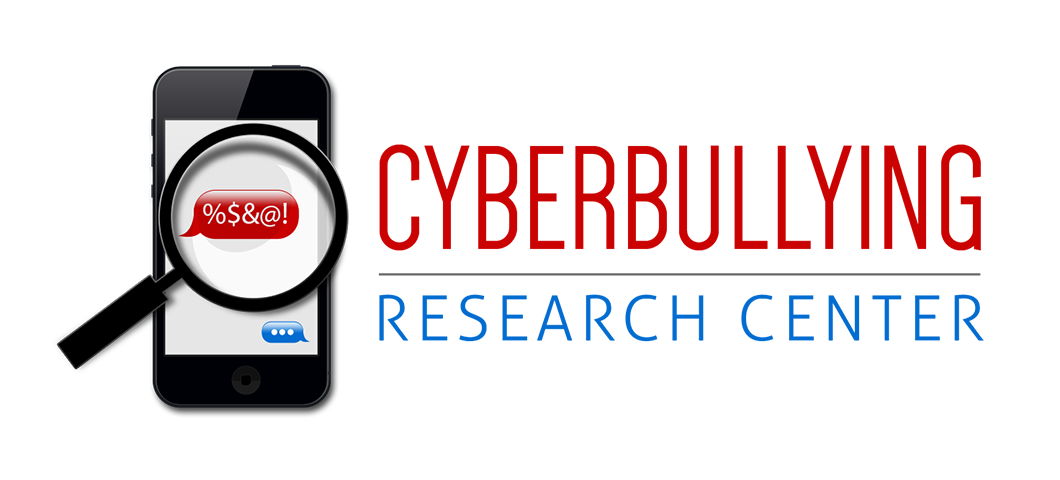
We have a lot of really great anecdotes and ideas from educators included in our latest book School Climate 2.0:Preventing Cyberbullying and Sexting One Classroom at a Time. Below is one example from our friend Steve Bollar, who is a principal in New Jersey. He is an “in-the-trenches” expert when it comes to developing and maintaining a positive school climate. We highly recommend that you sign up for his regular “Ideas, Ideas, Ideas” newsletter which you can learn more about on his website. Here are his thoughts on why a positive climate at school is so important:
“The climate in a school can either make everything possible or not make everything possible.” That quote is one of the most profound statements about schools that I have ever heard. It is true that instruction and curriculum are important, but neither can be effective unless the climate of the school/classroom is centered on respect, clear expectations, personal responsibility, and recognition. Every school has a climate that is developed through the actions of the school leader. Therefore, it is vitally important that the school leader purposefully works to establish the climate in the way that he or she knows will best benefit the students and staff. The other option is for the school leader to do nothing, thus leaving it up to others to set the tone and develop the climate. That climate may not be positive, empowering, or productive. Instead, it may be demeaning, unclear, and non–student focused.
A school that has a positive climate rooted in clear expectations, and supported with recognition and respect, leads to students and staff making decisions that are in the best interest of not only the school but also themselves. Roy Disney once said, “When your vision is clear, decisions are easy.” It is so true within a school. When your climate, vision, and expectations are clear, deciding whether or not to do the right thing is easy. It leads to the thought process of “that’s the way we do it here.” When students are faced with a choice of going onto a website that is inappropriate or not, whether at home or school, the climate they are most exposed to at school comes into play. Therefore, making the right decision is easier to make.
True, it doesn’t work all the time. Within my building are many students who get into “trouble” with social networks, inappropriate websites, connecting with dangerous people online, and making poor choices in the photos they post on the Internet. Two years ago, we had a large spike in the number of issues and disciplinary action related to Internet behavior. Approximately 25 to 35 percent of discipline during the school year was Internet related. The following year, we implemented a morning homeroom meeting. During this 30 minutes once a week, two adults in each classroom would lead an activity or discussion that focused on the vision and expectations of the school. This practice, once a week, continued consistently throughout the school year. The results were amazing! The number of Internet-related disciplinary issues decreased significantly, and as did the number of overall discipline issues. Problems were either handled more often at the classroom level through discussion and guidance of the teachers, or the lessons learned and reinforced during those morning meeting times guided the thought processes of the students when opportunities to behave inappropriately came up.
At the end of each marking period, my administrative team would look at the discipline report and say, “Wow!” We did not start an anti-Internet campaign or increase the amount of Internet safety training. All we did was connect with students and purposefully strengthen the climate within our building around positive clear expectations and recognition. The end result was students making better life decisions. “The climate in a school can either make everything possible or not make everything possible.”








I think this a great idea! I work at a small special education satellite program with only 4 teachers, 4 aides and 26 students and we’re a close knit group. I think we have a positive climate but having a structured time to discuss events, expectations, support each other and concerns would benefit all of us. The students and staff will hopefully maintain mutual respect for each other and the students will hopefully feel more comfortable coming to staff when/if there is a problem. The students just want someone to show them that they care, they won’t judge them and they’ll be there for them, regardless of what they are going through. Having a positive climate in a school can definitely make a school year so much more rewarding for the students and staff. Mary Ann